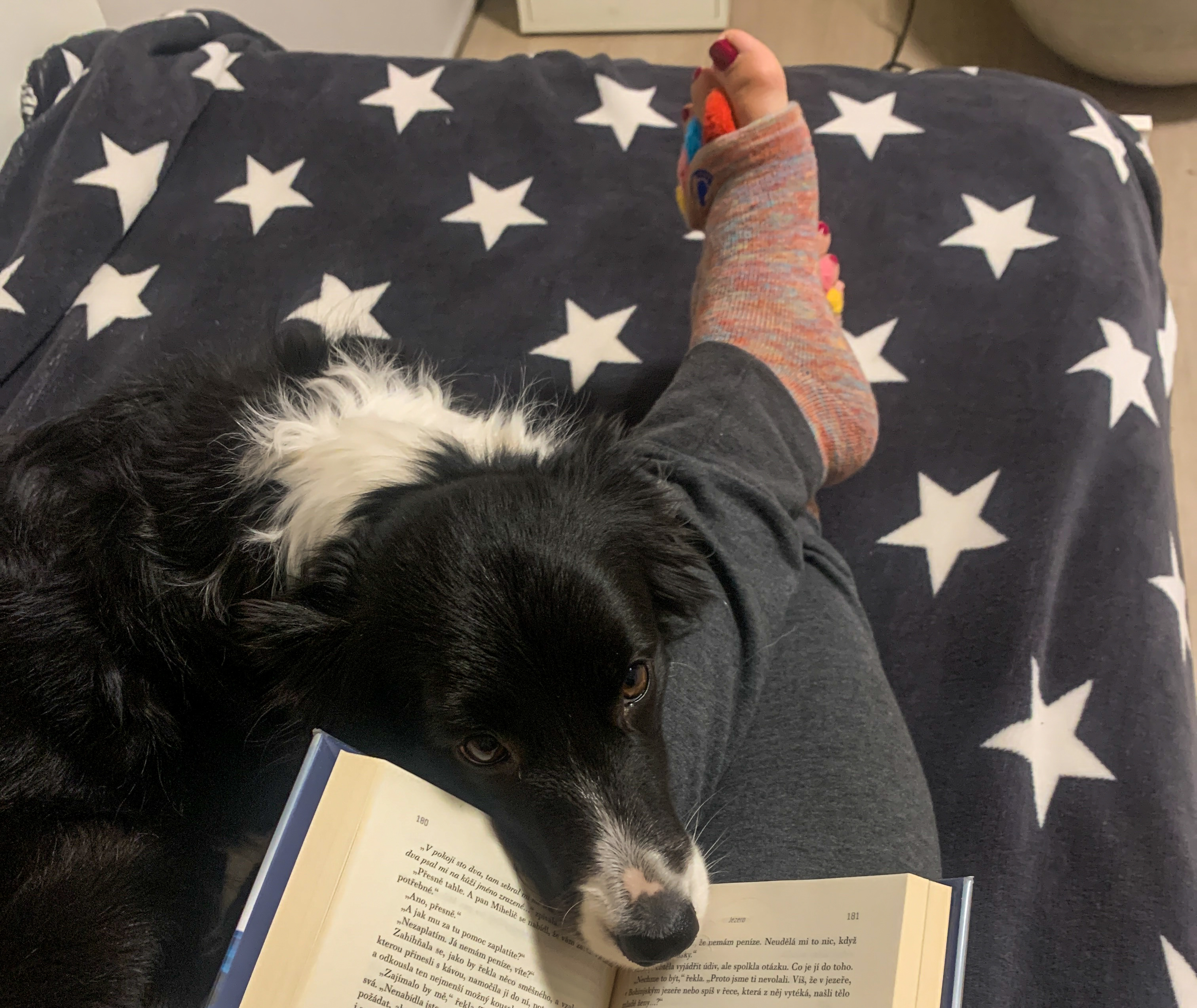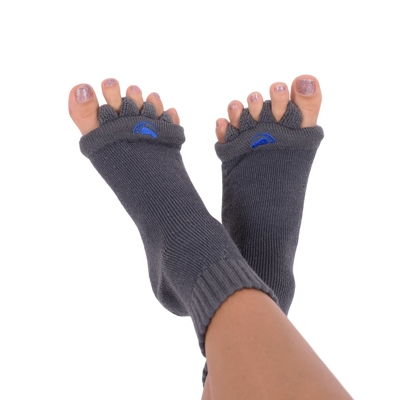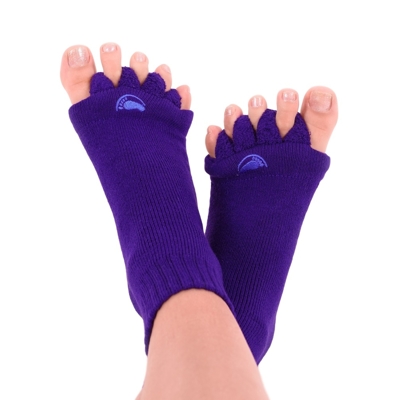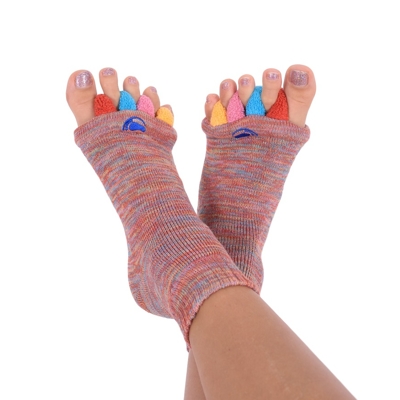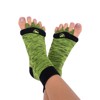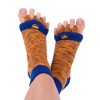Preventive check-ups for children are becoming a trend, says physiotherapist Iva Mikšlová
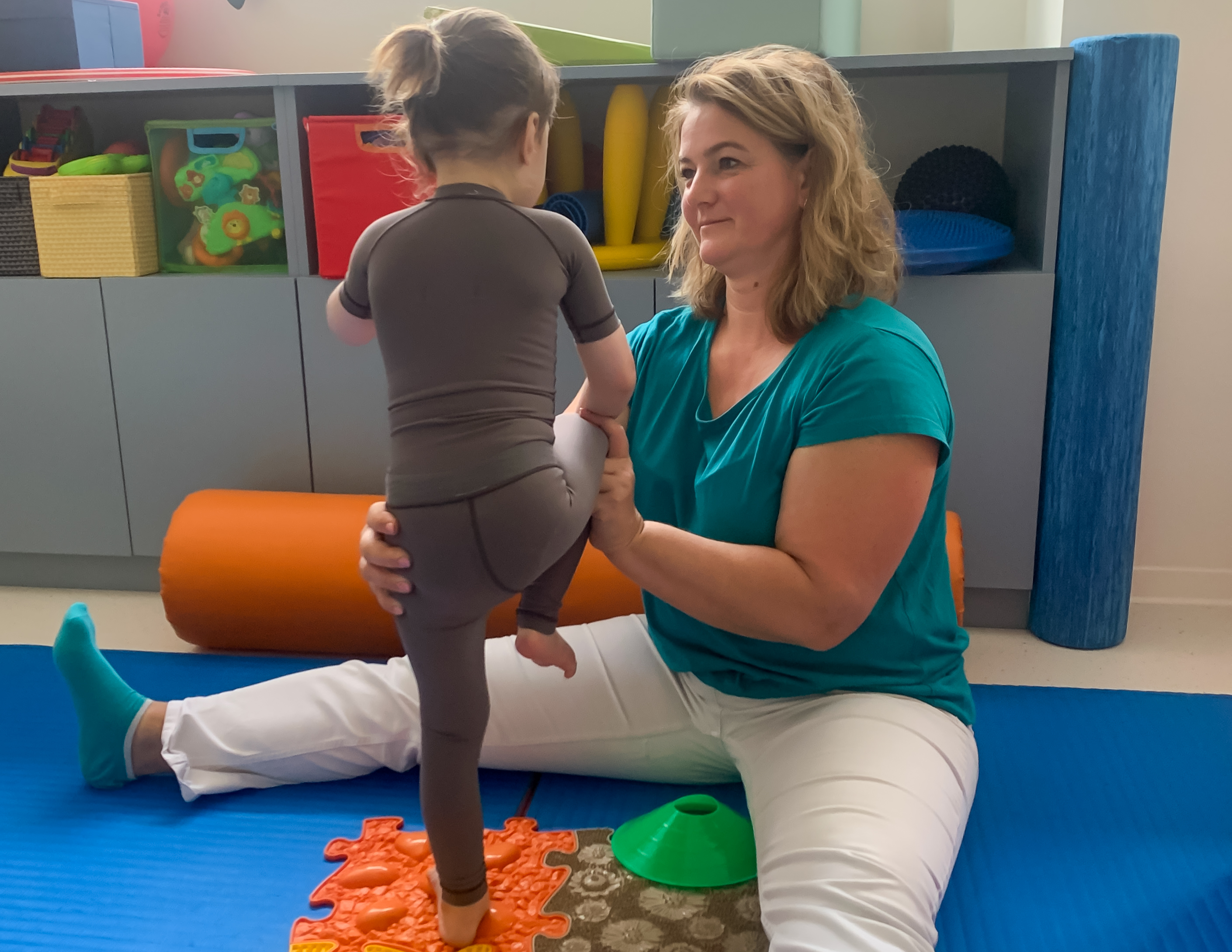 As a physiotherapist, Iva Mikšlová specialises in children. We had a pleasant chat about her practice, Baby Bobath certification and the most common developmental problems of children, as well as hints and tips for parents and her experience with Foot Alignment Socks.
As a physiotherapist, Iva Mikšlová specialises in children. We had a pleasant chat about her practice, Baby Bobath certification and the most common developmental problems of children, as well as hints and tips for parents and her experience with Foot Alignment Socks.
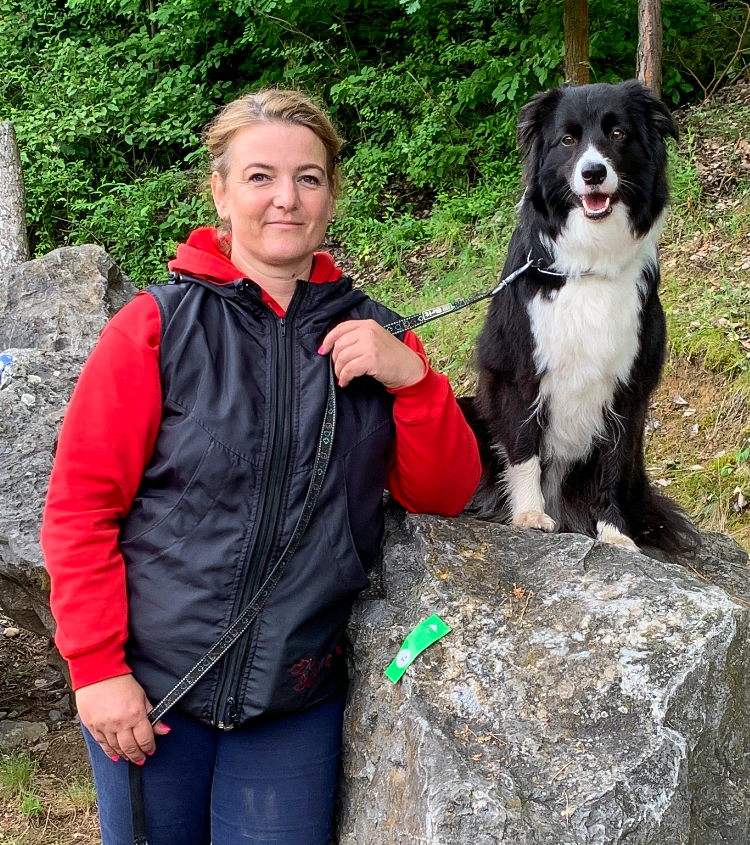 Bc. Iva Mikšlová
Bc. Iva Mikšlová
Iva Mikšlová studied at Mechanical Engineering School, after which she graduated from higher vocational school with a diploma in physiotherapy. She then worked for two years in a day-care centre for physically and mentally disabled children, before deciding to further her qualifications at the Faculty of Medicine in Brno.
After graduating, she worked at a children's hospital in Brno and upon returning from maternity leave she joined the FyzioBarborka physiotherapy outpatient clinic, where she is still employed now. Besides her work, she enjoys German and English, and takes a keen interest in cynology.
Can you tell us more about your work as a physiotherapist and why you decided to work with children?
I think I'd always wanted to be a physiotherapist, I don't remember even considering anything else. It was perhaps partly down to the fact that my mum had problems with her knees when I was about three years old. She went to physio and I was always there, doing all the exercises with her.
From the age of fifteen I trained children in sports gymnastics and athletics at the Sokol club and now realise that almost all of my work experience as a student was done in the children's wards of Janské Lázně - Vesna, Kociánka, the Children's Hospital of the University Hospital Brno... I guess I just felt it was the right thing for me.
You’re a certified Baby Bobath therapist. You also use elements of craniosacral therapy and neurodevelopmental stimulation in your work. Can you tell us more about that?
I first did a course in the Bobath concept when I was doing my paediatric work experience, but found I was working with smaller and smaller babies. So the idea of properly specialising in newborns and premature babies was the obvious choice. I did the Baby Bobath course in Žilina, led by an Israeli team, and then five years later in Ostrava, where I was trained by a Czech, Polish and Greek team. What I especially like about Bobath is how it overlaps with speech and occupational therapy, with elements of sensorimotor integration. I love that diversity.
My experience with craniosacral therapy has opened up other options in caring for young children mostly with cervical stenosis, various forms of postpartum trauma, predilection, asymmetry and so on. Neurodevelopmental physiotherapy shows us a completely different mindset for therapy, where we try to integrate persistent primitive reflexes into the child's motor skills.

What are some of the most common situations or problems you encounter in your work?
Most of the children I work with are infants, usually with non-progressive psychomotor development, with predilection, positional foot defects and an increasing number with sensory problems, as well as various syndromes. I’m seeing a rise in preventive check-ups of children at their parents’ request.
What impact do you think physiotherapy has on children's development from birth to adulthood, and what role do parents play in this process?
A major impact, of course. When I have students on internships, I always explain to them that the problems they’re familiar with in adult clients date back to infancy. And I show them this using examples.
Parents are our partners. They have to have confidence in me, and vice-versa. I help guide their child through their psychomotor development as well as possible. I also support and help them through other treatment options for more complicated diagnoses.
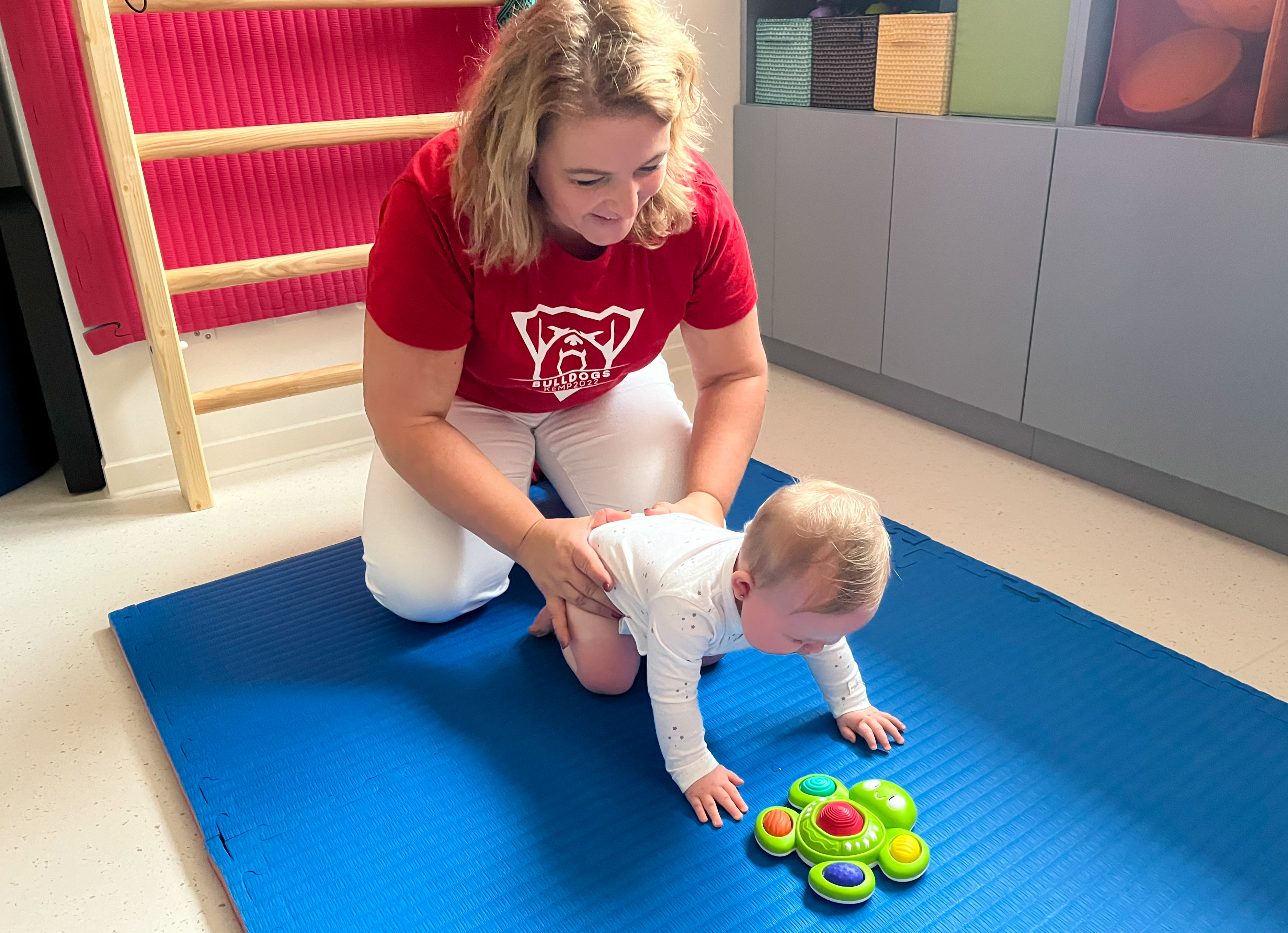
What advice would you give to parents who are looking for support for their children undergoing physiotherapy, especially when it comes to preventive care?
Parents who read too much about it sometimes get too stressed. But then again, not being informed at all is also far from ideal. I can see the value in studying basic manipulation techniques, knowing the main milestones in a child’s development and also being aware that this is not a precise science. The important thing to remember is that a child develops completely symmetrically within their first year, so if something doesn't seem right, they should consult a paediatrician or possibly a physiotherapist.
What was your first experience with Foot Alignment Socks and what prompted you to try them?
I'd known about Foot Alignment Socks for a long time, mainly from social media. I really wanted to give them a try. The first Child on the Move (Dítě v pohybu) conference gave me the opportunity to buy a pair, try them out, and use them regularly.
What do you see as their main benefits?
As I do Power Yoga, which also focuses on foot yoga (we do foot yoga there), I find this the ideal option. I keep my Alignment Socks handy at all times. I find it tremendously relaxing to lie in bed, put them on and read a book for a while. I don't have to go anywhere, and can do something good for my feet on a regular basis. Yet active involvement of the foot is also essential in this.
My clients don’t wear these socks yet, but we can often see feet that are not aligned as they should be, even in children of preschool age. Consequently, this strain means the feet are overloaded or even sore, which can result in various deformities. I’ve also heard of cases experienced by my friends and colleagues. The benefit is especially felt by clients who have or are starting to suffer from a problem. Wearing the Foot Alignment Socks provides relief and is lovely and relaxing for the feet.
